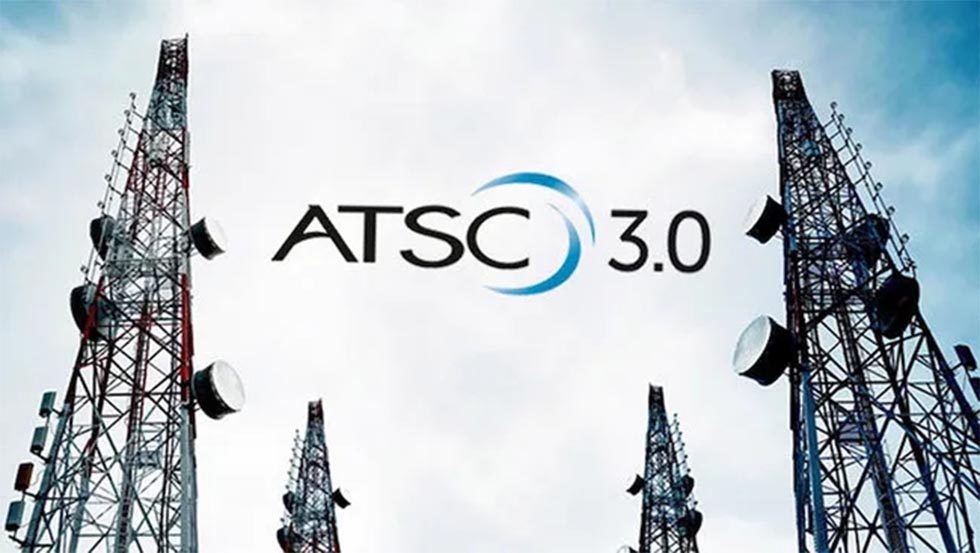Spectrum Battle Heats Up
First responders need bandwidth for comms
WASHINGTON
First responders identified the need for additional spectrum more than a decade ago, following the Oklahoma City bombing. More recently, the 9/11 Commission also noted the need to reallocate spectrum in the 700 MHz band to improve first responder interoperability and enhance homeland security.
Despite various legislative attempts to open the 700 MHz band to first responders, broadcasters continue to use it for the digital transition. Now, the fight to reallocate it is getting personal.
While reintroducing the SAVE LIVES Act, which would end analog transmissions by Jan. 1, 2009, Sen. John McCain (R-Ariz.) blamed the NAB for allegedly stalling the spectrum turnover longer than necessary.
Mary Fetchet, a 9/11 activist who lost her adult son at the World Trade Centers, joined McCain. Both seemed to suggest that had the 700 MHz spectrum been available to first responders on Sept. 11, 2001, fewer lives would have been lost.
NAB Spokesman Dennis Wharton later told TV Technology, "it's quite a stretch to suggest that broadcasters had some responsibility for September 11th, and we would obviously take exception to any such thought. We had broadcast engineers die in that disaster.
"But we don't want people to wake up one day and see their weather alerts and news and other important coverage suddenly gone that millions of people rely on every day, and, in some cases, rely on to save their lives," Wharton said.
With respect to broadcast television, Congress should really focus on the "big picture," said Greg Schmidt, vice president for New Development and general counsel at LIN Television, which owns 23 stations.
"I would like [Sen. McCain] to view broadcasters as a potentially viable digital broadband competitor that he could well snuff out if he isn't careful," he said.
And while proponents of a faster transition argue that "only 15 percent" of homes still rely solely on antennas, Schmidt sees the same numbers as a plus.
"In most industries, a competitor that has 15 percent of the market would be a competitor the government would work hard to protect."
SMART NET
In at least one market in the country, broadcasting is not in complete diametric opposition to the needs of first responders. In 2003, New York City public broadcaster Thirteen/WNET began laying the considerable groundwork for a unique digital wireless emergency alert system for the nation's largest market.
WNET began its project, which has some federal funding, with the idea that licensed spectrum could be used for two-way wireless communications for public safety. The station also realized its Educational Broadband Service allocation was under-utilized.
Using Smart Dissemination Networks (Smart Nets), WNET has already completed two, one-year phases that began in June 2003 (Broadcast Model/Phase 1 and Cellular Model/Phase 2). The station is now into Phase 3 with GUARD (Geospatially Aware Urban Approaches to Responding to Disasters).
"The test bed spectrum for all Smart Nets and GUARD activities will continue to be our l6 MHz EBS channel allocation," according to Stephen Carrol Cahnmann, the station's director of digital convergence. "Our Smart Nets proved that public safety commanders could transmit critical data to our master control, where it was routed through the station's primary digital downlink transmitter at the Empire State Building and then beamed to a special receiver connected to a laptop at a fixed location in the field," he said.
"Video and data from this fixed location was then beamed back to Thirteen's master control using 'in-band return path'--filtering out many of the downstream carriers in the COFDM signal and using those carriers for upstream transport," he said.
Phase I was a limited success.
"It proved that two-way communications on a single TV channel can be accomplished, but it required direct and unfettered line-of-sight transmissions to a fixed location," Cahnmann said.
Phase II, using a cellular approach, added mobility using WiMAX-ready equipment. But Cahnmann added that mobility alone is not sufficient.
"Wireless mobile communications, particularly in the canyons of Manhattan's skyscrapers, require that signals be successfully received non-line-of-site so police cars and fire trucks can pass behind buildings and through tunnels without losing the ability to send and receive," he said. Initial implementation of the system is scheduled for next spring.
FIRST RESPONDER GEAR
Meanwhile, Motorola and other major manufacturers of basic public safety communication equipment, such as two-way radios, are testing new devices for use in the 700 MHz band. A similar scenario previously arose for equipment in the 800 MHz band, for which some jurisdictions around the nation are still paying.
Stuart Overby, director of Global Spectrum and Standards Strategy for Motorola, said the proximity of the 700 band to the 800 band is a key factor supporting the expansion of interoperable voice networks--and the addition of data and video. It also allows for the use of many of the same tower sites and other infrastructure to keep costs down.
"Prior to the 700 MHz band, spectrum allocations were often too far removed from existing frequency bands to allow coverage of both frequency ranges in one radio," Overby said. "Motorola already provides mobile and portable voice radios that span both the 700 and 800 MHz bands. And 700 MHz is the only spectrum the FCC has identified to support mission-critical, wide area, high-speed data and video. The availability of the 700 MHz band is actually a tool to help improve interoperability."
The professional video industry's #1 source for news, trends and product and tech information. Sign up below.
